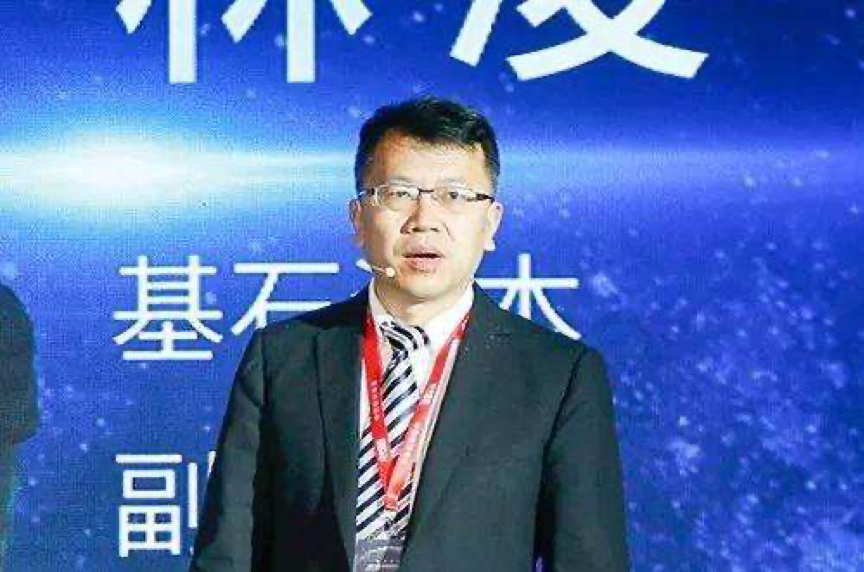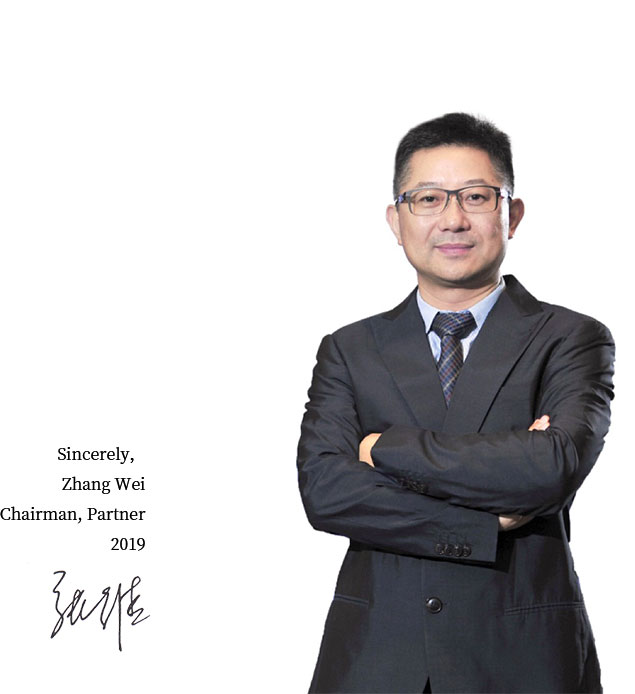2020.04.30 Chen Xiachang Views:
CoStone Capital held big stakes in Asymchem, a leading global CDMO, based on our unique and comprehensive understanding on drug industry and CDMO. CoStone succeeded in gain 10 times of returns on investment after exiting it. Recently, Lin Ling, deputy chairman of CoStone Capital, shared the logic of investing in Asymchem and his insights on the “water-sellers” of the drug industry. He was convinced that CMO and CDMO in China were well-functioned high-speed trains which were ready to gather speed. Their growth rates hit 30% which were rarely seen.
CoStone Capital Lin Ling: Asymchem, the Leading Global CDMO and Our 10X Investment
Source: China Fund

(Lin Ling, deputy chairman and co-founder of CoStone Capital)
In the mid-1900s, Philip, a suburban youngster who sold bottled-water, and Levi Strauss, who invented jeans, got their first bucket of gold from the gold miners and became the “King of Cans” and the “King of Jeans”. Their completed the primitive accumulation. Similarly, some chose to sell shovels or horses. Those who went things differently were called “water-sellers”. The gold miners may fail but the “water-sellers” made a fortune. Yet, when shifting to new medicine from generics, the drug industry created subdivisions – CRO (Contract Research Organization), CMO (Contract Manufacturing Organization) and CDMO (Contract Development and Manufacturing Organization), the “water-sellers” in the industry.
CoStone Capital held big stakes in Asymchem, a leading global CDMO, based on our unique and comprehensive understanding on drug industry and CDMO. CoStone succeeded in gain 10 times of returns on investment after exiting it. Recently, Lin Ling, deputy chairman of CoStone Capital, shared the logic of investing in Asymchem and his insights on the “water-sellers” of the drug industry. He was convinced that CMO and CDMO in China were well-functioned high-speed trains which were ready to gather speed. Their growth rates hit 30% which were rarely seen. The reasons underneath varied:
First, international pharmaceutical enterprises tend to outsource their demands in order to reduce costs. CMO and CDMO moved to China and other developing countries from developed ones. The drugs giants like Bristol-Myers Squibb (NYSE: BMY), GSK (NYSE: GSK), Merck Sharp & Dohme (NYSE: MRK) and Pfizer (NYSE: PFE) outsourced 40% active ingredients demands to China and India, two major recipients.
Second, global R&D effort for new medicine have been increased and China’s new medicine has ushered into a period of rapid development. The data showed that the number of new medicines under research increased to 13,718 from 9,737, with the compound growth rate of 5%. According to Frost & Sullivan, the annual average investment on the R&D of new medicines was more than $100 billion, with an annual growth rate of 13%. The Growth rate of China’s investment on this respect has exceeded that of the world. By 2021, China’s investment would be expected to hit $30 billion with the compound growth rate of 22.1%. China’s share will increase to 18.3%. The innovative pharma in China like Hengrui Medicine (600276.SH) and BeiGene (NASDAQ: BGNE) put more than $3 bn into the R&D of new medicine.
Third, Chinese government supports the development of CMO and CDMO. In June 2016, the State Council passed and issued the Plan of Piloting the Possessor System of Marketing License of Medicine. It promoted a new management model which differentiated the marketing license and production license of medicines. Enterprises which possess the marketing license are able to produce medicine on their own or entrust the products to the qualified drug makers with GMP. The fixed asset investment can have assess to scale production of medicine without scaling up.
Above: Excerpt of the interview with Lin Ling from China Fund. Please refer to the link below to view the interview in full: http://stonevc.com/news_view.aspx?TypeId=5&Id=801&Fid=t2:5:2
Rewritten by: Luo Xinying, Edited by: Du Zhixin, Wei Yiyi
The year 2019 marks the fortieth anniversary of China’s Reform &Opening-Up, once again, we meet at the turning point of history. What’s the next step for the game, is there any clear guidance? The answer is affirmative.
Our country is enjoying a good momentum of development, which does not come from the Washington Consensus nor the Beijing Consensus. China’s experience has proved that both the visible hand and the invisible hand are crucial: the visible hand, stands for the government-led reform, and would yield benefits for reform and opening up; the invisible hand, stands for the Marginal Power represented by the private sector, and would improve economic efficiency and tax collection, create jobs and employment opportunities.
Provided that we want to protect and expand the benefits form reform, three simple but mandatory agreements are to be made and followed: No.1 Private ownership must be recognized, protected and treated equally with public ownership constitutionally, both ownerships are scared and inviolable;No.2 Make further clarification of the principal position of market economy, “deepen economic system reform by centering on the decisive role of the market in allocating resources”, as President Xi addressed in the third Plenary Session of the 18th CPC Central Committee;No.3 Implement the guiding principles of “comprehensively promoting law-based governance” of the fourth plenum. The rule of law is essential for economic growth, irreplaceable to protect private ownership, and necessary to encourage innovation and entrepreneurship.
Above are three rules for us to avoid falling into the Middle-income Trap. Assuming that we are breaking systematic barriers to private enterprises’ participation in market economy, and boosting innovation and entrepreneurship of our society, then we are heading towards a promoting direction. We are marching in the path of light, regardless of the ups and downs of Sino-US relationship, the drop in GDP growth rate, or the monetary policy.
These principals also apply on knowing how better to run a business: don’t be hedged by rules and regulations at the beginning, pay more attention to your survival, and you’ll learn more when you start your second business.
For many years, Huawei has been the only Chinese company on the list of the Top 50 R&D Spenders. Regardless of the economy and its income, what Huawei has been doing is investing in its future, dedicated to R&D, continuously and resolutely. This provisional work underscores Huawei’s accomplishments, making Huawei anindustry leader.
So, there are standard answers on how to run a company,which could be summarized as concentration and professional dedication, continuous investment on innovation and trying harder in R&D. Entrepreneurship is also important, every single company needs entrepreneurs to push aside all obstacles and difficulties, to implement strategies and ideas. We, as investors, are destined to look for such outstanding entrepreneurs and their companies, invest in them and partner with them.
At this key point of history, a country, a company, or asingle individual, will all need to find the right path. Four decades after the Reform and Opening-up, it’s time to learn from our experience and stop “wadding across
